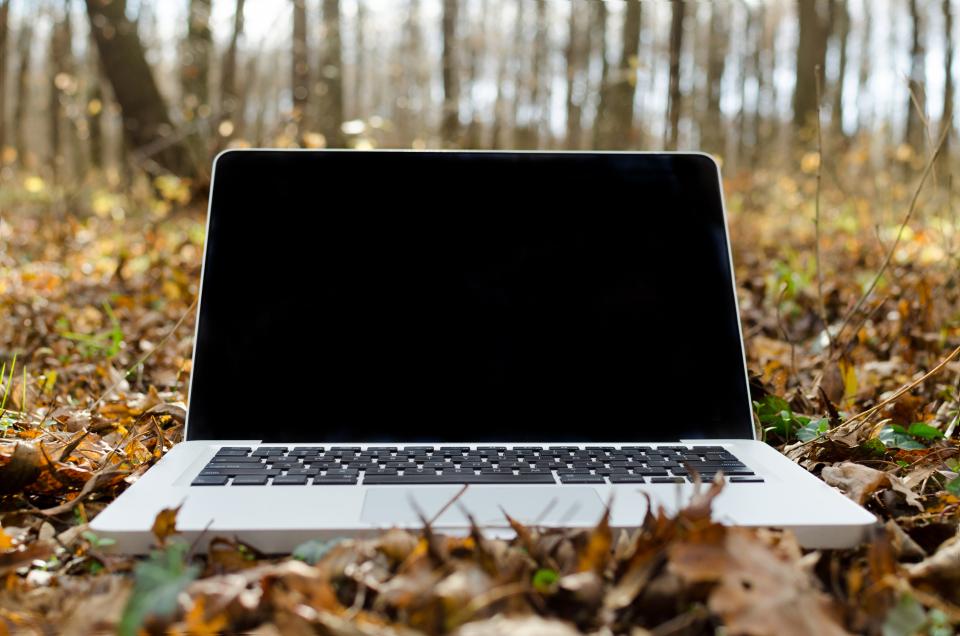Time to shed your naivety and get serious about OS X security. The BackDoor.FlashBack trojan is a wake up call for all Mac users — here are 10 easy (and free) things you can do right now to make your Mac more secure and stay infection free.
#1 Turn off Java in Safari — The BackDoor.FlashBack trojan is infecting Macs running out of date Java, creating a 600,000-plus Mac botnet, likely the largest in history. An easy way to obviate the threat is to turn off Java in Safari
— Safari > Preferences > Security > Deselect Enable Java
— See also: Mother of all Mac botnets? BackDoor.Flashback.39 spreads
#2 Keep Mac OS X up-to-date — Another way to obviate the Flashback threat is to install the latest version of OS X, Safari and, of course, Java. Apple regularly updates it operating system and other software for security and stability. To get the latest updates, run Software Update at least once a week and install the available patches and fixes.
— Apple (menu) > Software Update
#3 Turn off automatic login — Is someone using your Mac when you’re away? The way to prevention unauthorized users from gaining access to your Mac is to off automatic logic, which will forces a user to provide the admin password before it can be used.
— System Preferences > Accounts > Login Options > Automatic Login > Off
#4 Use strong passwords — Create and use eight-character or longer passwords that include numbers and alpha characters with at least one capital letter. Better still, get and use a helper app, such as 1Password (Mac App Store, 30-day trial).
#5 Turn on OS X’s Firewall — The downside of always on, always connected internet is that internet attackers can get access to your Mac. Don’t make it easy for them and prevent unauthorized users from remotely accessing your Mac.
— How to: Turn on OS X’s Firewall
#6 Turn off “Open safe files…”
— Here in the second decade of the 21st Century, there are no safe downloads. DMG, MP3, JPEG, PDF, Microsoft Word and other common file types can be used to attack and take control of your Mac. Turning off “Open safe files” helps prevent drive by web attacks.
— Safari Preferences > General > Uncheck “Open safe files…”
#7 Turn off unnecessary Sharing services — If you’re not sharing a printer or need to share files, turn those services off, doing so closes off potential avenues of attack. Likewise if you’re not using wi-fi or don’t have a Bluetooth mouse or keyboard, then obviate these vulnerabilities by turning them off.
— System Preferences > Sharing > Uncheck unneeded services
#8 Turn off unnecessary Sharing services —
— System Preferences > Network > Airport > Turn Airport Off
— System Preferences > Bluetooth > Uncheck “On”
#9 Download and use antivirus software — I’ve been using ClamXav (Mac App Store) for years and the only things it’s ever found is phishing heuristics or PC viruses in emails (i.e. no real threat). Sooner or later, some eager and evil beaver will create Mac-specific malware and I’ll be glad this app runs nightly on my Mac. Further, I’ve set it up to continuously scan my email and download folders.
— There are free and generally well regarded versions of Sophos and Virus Barrier (30-day trial).
#10 Download from trusted sources only — Pirated software (a.k.a. warez), music, images, TV shows and movies can all be used to transmit malware and infect your Mac. It’s important to only download software and other file types from the source vendors and, if you do find it “necessary” to stray into the shadows, make you’ve installed antivirus software and have it set up to automatically scan your Downloads folder.
— The corollary to this rule is don’t click emailed links or open email attachments
Share your tips for keeping your Mac safe and clean in the comments…

 »
»
Leave a Reply